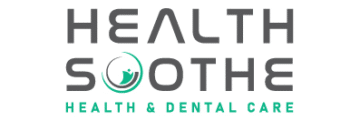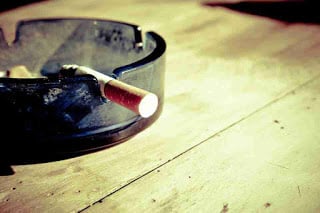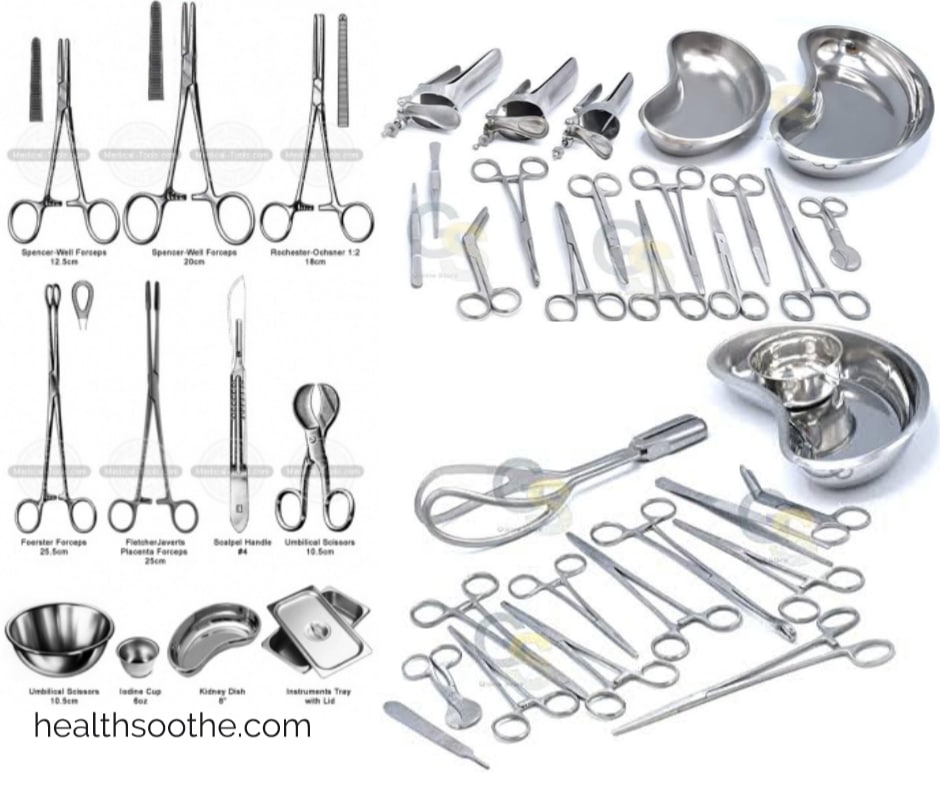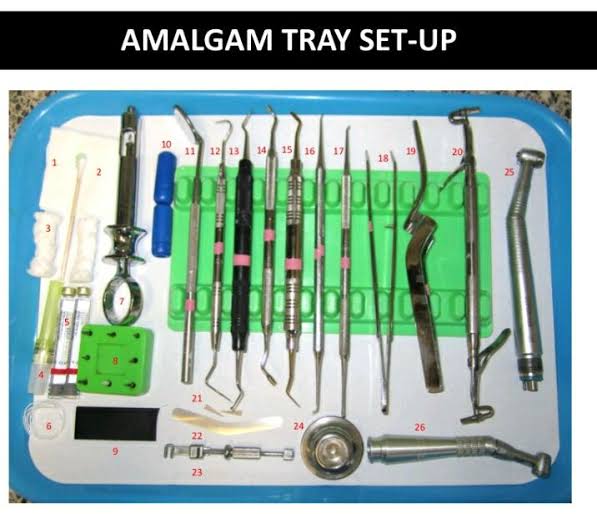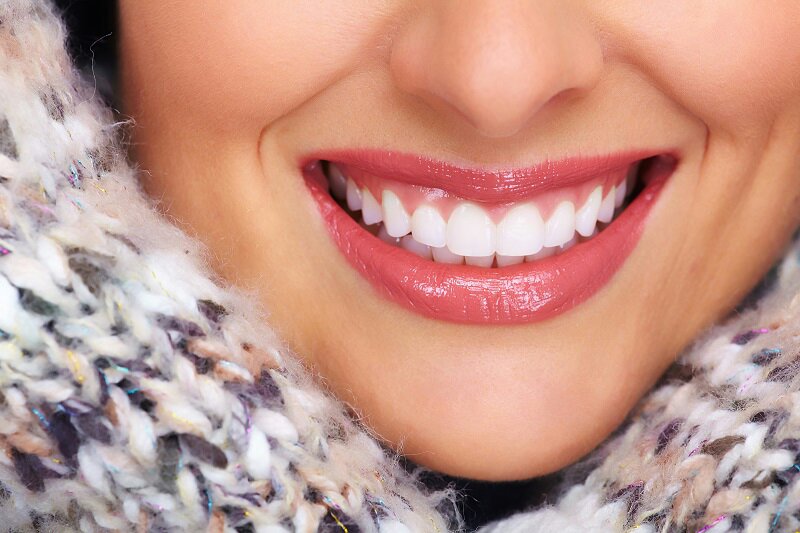Meth mouth might be unfamiliar to some, but its effects are undeniably tragic. This condition stems from methamphetamine use, which is sadly on the rise and causing oral health problems for countless individuals worldwide. Raising awareness and acting swiftly are now of utmost importance.
If you or someone you know suffers from meth mouth, don't lose hope. You can still get back your radiant smile and a sober life. This article provides practical steps to enhance both your oral health and overall lifestyle.
The Causes And Signs Of Meth Mouth
Methamphetamine not only impacts mental health, but it also severely damages the body, notably the mouth. The symptoms are fairly obvious, and they include the following:
- Dry Mouth: Meth reduces saliva flow, leaving the person struggling to swallow or speak.
- Gingivitis or Gum Disease: Due to the lack of saliva, gums lose their protective barrier against bacteria and infection.
- Stained Teeth: Substances like meth often leave yellowish or brownish stains on the teeth's enamel.
- Cracked, Loose, or Missing Teeth: Frequent meth use could lead to tooth decay, which makes the teeth weak or fall out.
- Lockjaw: This condition is caused by the bacterial infection tetanus and is a potential result of meth use. People with lockjaw have difficulties opening their mouths.
Meth mouth symptoms extend beyond the physical. The painful oral conditions and difficulty eating and speaking are significant blows to one's self-esteem. Seeking rehab for meth addiction is one of the best ways to initiate treatment. When you eliminate the root cause, improvements will follow.
How To Treat Meth Mouth
For individuals contending with meth mouth, the path toward healing comes with its own set of challenges. Aside from getting proper oral care, overcoming meth addiction is essential. These are the steps you need to follow if you don't know where to begin:
1. Find A Reputable Rehab Center
The initial step is recognizing and confronting your addiction, as achieving sobriety takes time. Recovery also hinges on dedicated support from addiction experts, therapists, and peers who have faced similar struggles. Hence, it's a must to find a rehab center that places your recovery and well-being at the forefront.
2. Consider Teeth Restoration Procedures
Meth mouth, like many oral and dental conditions, may be treated with teeth restoration methods. Procedures like dental crowns, implants, and fillings can bring back your lost smile. Veneers could hide stains, while a mouthguard could protect from teeth grinding, another symptom of meth mouth.
Find a supportive and non-judgmental dentist who can coordinate with addiction professionals. That way, you can receive oral care for meth mouth in line with your recovery from meth addiction.
3. Commit To a Drug-Free Life
Addressing the physical damage of meth mouth is just part of the recovery. It's essential to stay sober for as long as possible, not only for your oral health but for your physical and mental well-being, too. Push to live a life free from harmful substances, and you'll eventually heal from both meth mouth and addiction.
4. Continue Your Dentist Visits
Sticking to an oral care regimen post-treatment will help you recover from meth mouth faster. Visit your dentist regularly to check on the progress of the treatment. Your dentist plays a role in guiding you towards proper oral care routines and away from bad dental habits.
How To Prevent Meth Mouth
Oral care is about more than just a brilliant smile; it's linked to holistic health. Neglecting your teeth and gums might increase the likelihood of serious health concerns like heart issues, diabetes, or even some forms of cancer. To fend off meth mouth and keep your teeth and gums healthy, you must practice the following preventive steps:
- Brush Your Teeth and Floss: Ensure you clean your teeth with fluoride toothpaste at least twice daily and don't forget to floss in between. Don't forget to clean your tongue.
- Gargle with Mouthwash: An alcohol-free variant can help remove leftover bacteria.
- Eat a Healthy Diet: Limit sugary and acidic foods. Hydrate with water over sodas.
- Visit The Dentist: With or without an oral condition, dental check-ups and cleanings every six months or as needed work wonders in catching potential issues early.
- Avoid Substance Use: Continued meth use causes meth mouth. So, to prevent the condition from happening, it's best to avoid the substance entirely.
If meth use becomes a recurring issue in your life, it's wise to reach out to a nearby rehab facility or an addiction-focused therapist sooner rather than later. They can assist you in getting the proper care to stay sober and healthy.
Conclusion
Meth mouth signifies more than just oral concerns; it reflects underlying problems. With awareness, prevention, and the right interventions, this condition doesn't have to dictate your future. Take care of your health, seek professional guidance, ditch meth, and take charge of your smile. Your health and happiness deserve that radiant grin. Prioritize it.
